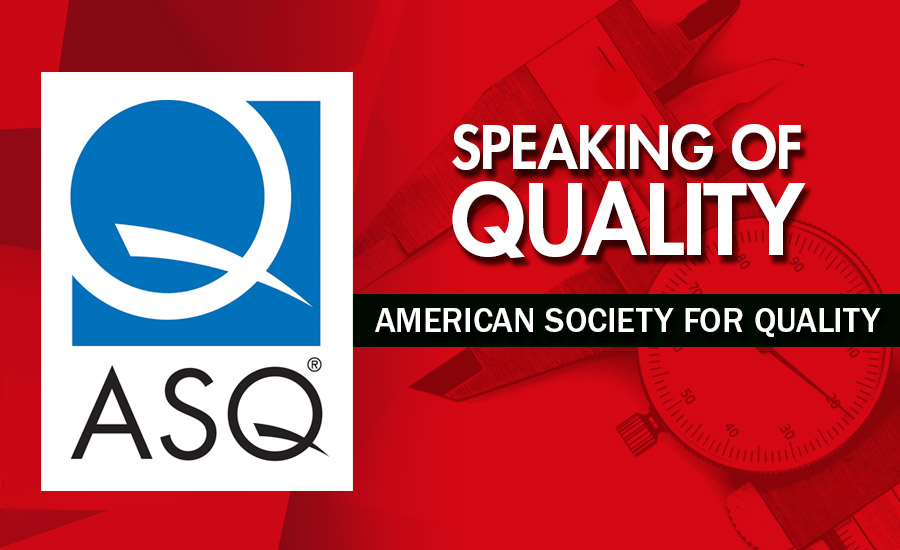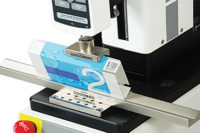For improvement to occur, problems must be solved. Errors must be fixed. Systems must be more efficient.
Even for the most rebellious of us, it is difficult to argue with that way of thinking. However, this reasoning does ignore an important aspect of the improvement process: learning. We must learn to improve. Learning leads to rethinking, which leads to efficiency, cost reduction, and error-free products. To learn, you must be willing to think differently. Authors of two articles challenge time-tested theory and practice.
|
In “Success and Effect Diagram: Quality Improvement Is Not Just For Problems,” John Moran and Grace Duffy list many attributes found in a successful process. Here are some of them to help you identify your organization’s successful processes:
|
THE 5 WHYS AND THE CHALLENGE OF MEANING
The 5 Whys technique is attributed to Sakichi Toyoda, founder of the Toyota Motor Company. Toyoda suggested that asking “why” once will not lead to a successful result. He said, “By repeating ‘why’ five times, the nature of the problem as well as its solution becomes clear.”
While the 5 Whys technique is a very powerful tool, asking the right questions in the right way is the only approach to get to appropriate solutions. This point is made very clear in Harish Jose’s blog post, “Stop Asking Why,” on his My Notes blog. The blogger of posts on “quality, data science, strategy and lean,” states, “In my native language (Malayalam), I cannot ask the ‘why’ question because it means more than one thing.”
For instance, asking, “Why do you perform this task twice?” could be interpreted as, “What causes you to perform this task twice?” or “What is the purpose in performing this task twice?” The former interpretation could yield the chestnut response, “We’ve always done it this way,” whereas the latter interpretation leads to a discussion of whether or not performing the task twice is wasteful or important to the process. In this case, “What is the purpose …?” becomes the most direct question.
THE 5 WHATS AND USING SUCCESS TO IMPROVE
John Moran and Grace Duffy, authors of “Success and Effect Diagram: Quality Improvement Is Not Just For Problems,” agree there’s a time to ask “what.”
In their article, Moran and Duffy have a very specific use for the 5 Whats, which goes directly back to the reason for using the 5 Whys: to find problems.
“Quality improvement tools and techniques are used extensively to solve problems,” Moran and Duffy write, “but those same methods can also be used to analyze successful processes.”
Once you identify a successful process (see sidebar), use the 5 Whats to create a success and effect diagram, the same way a cause and effect diagram is constructed.
Complete your success and effect diagram by asking what made, or caused, the process to be successful. When the diagram is completed, choose a few “whats” to focus on.
When using these tools or deciding to modify others, keep in mind your ultimate goal: Do what you do the best way you can do it. Whether it’s asking why, what, or examining success, you have the tools to reach the goal.






